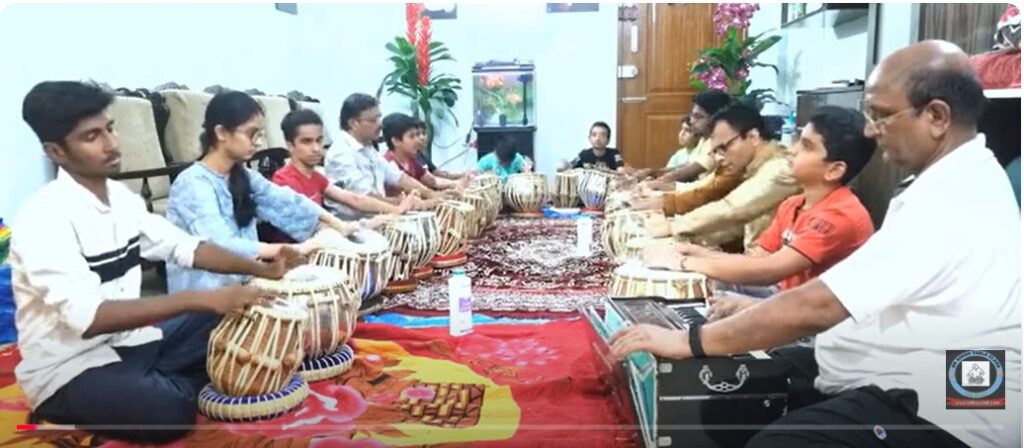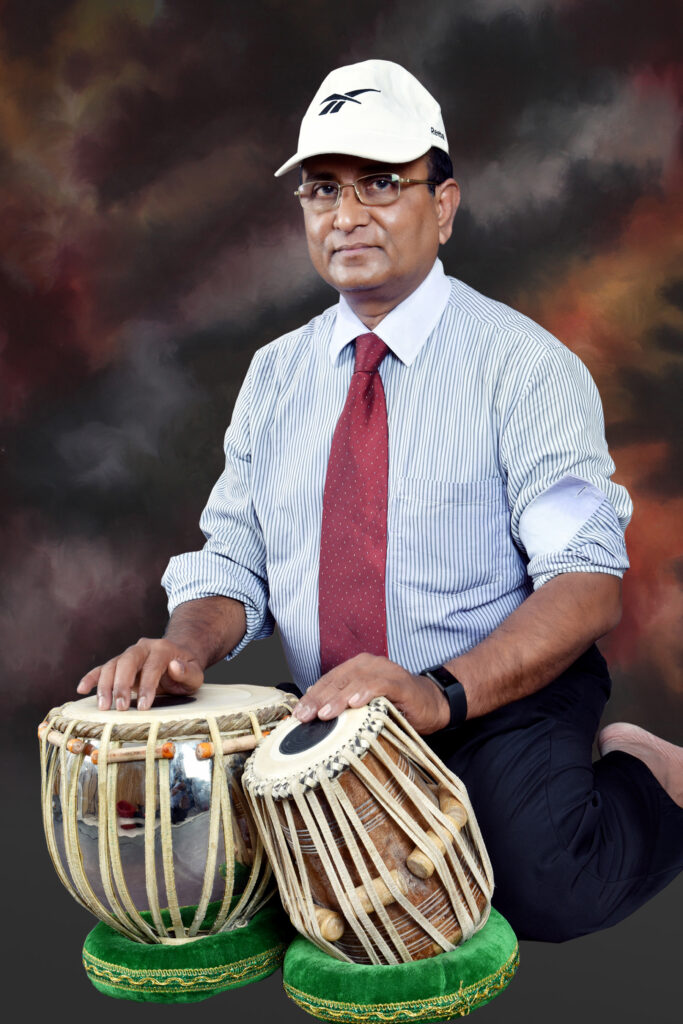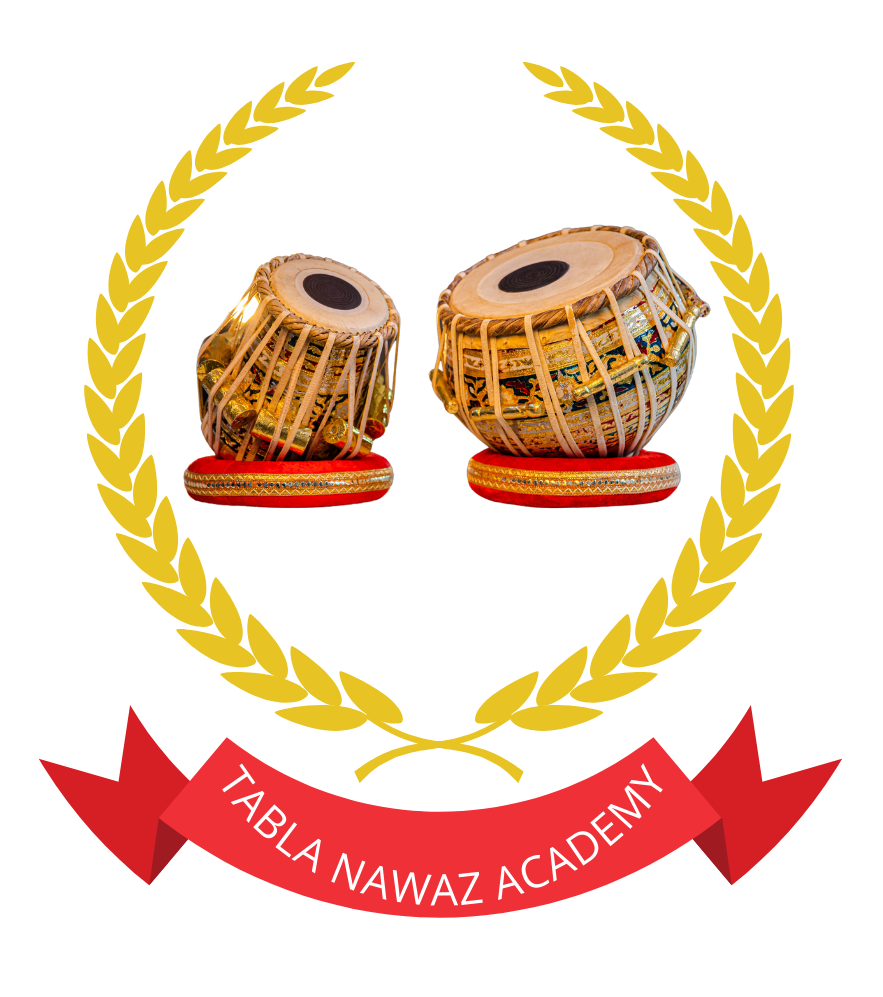Imagine a heart beating in perfect time, a dancer moving to an unseen pulse, or a tabla player weaving intricate patterns of sound. This is the magic of Taal—the foundation of rhythm in Indian music. Taal is not just a series of beats; it is the very soul of musical expression, guiding melodies, structuring compositions, and inspiring improvisation. In this blog, we will dive deep into the concept of Taal, its structure, significance, and the universal role of rhythm in music.
What is Rhythm?
At its core, rhythm is the arrangement of sounds in time. It is the pulse that keeps music alive, ensuring that notes and melodies flow in a structured way. Without rhythm, music would feel chaotic and directionless.
Key Elements of Rhythm:
- Beat – The steady pulse that underlies all music (like a ticking clock).
- Tempo – The speed of the beat (slow, medium, or fast).
- Accent – Emphasizing certain beats to create patterns.
- Meter – Organizing beats into cycles (such as 4/4 in Western music).
- Syncopation – Placing emphasis on unexpected beats for variety.
In Indian music, rhythm is not just about keeping time—it is a structured and creative art form known as “Taal.”
Understanding Taal: The Rhythmic Framework
Taal (or Tala) is a repeating cycle of beats that forms the rhythmic structure of Indian classical music. It provides a foundation for compositions, instrumental solos, and even dance performances.
Unlike Western rhythms, which use time signatures like 3/4 or 4/4, Taal is cyclical—it continuously repeats, creating a hypnotic and immersive musical experience.
Key Components of a Taal:
- Matras (Beats) – The individual beats within a Taal cycle. Example: Teentaal has 16 beats.
- Vibhags (Sections) – Taals are divided into smaller sections for clarity.
- Sam (The First Beat) – The most important and emphasized beat. All musicians synchronize with this moment.
- Tali (Clap) & Khali (Wave) – Claps and waves help define the structure. Tali marks strong beats, while Khali marks lighter beats.
This structured approach allows musicians to create rhythmic patterns, improvise, and engage in “sawal-jawab” (question-answer) with their fellow artists.
Common Taals and Their Applications
There are over 100 taals in Indian music, but some are more commonly used. Each Taal has its own character, mood, and application.
1. Teentaal (16 Beats) – The Most Popular Taal
🔸 Structure: 16 beats (4+4+4+4)
🔸 Usage: Classical music, tabla solos, instrumental compositions.
🔸 Example: Many sitar and tabla solos are performed in Teentaal.
2. Jhaptaal (10 Beats) – A Complex Yet Graceful Taal
🔹 Structure: 10 beats (2+3+2+3)
🔹 Mood: Energetic and dynamic.
🔹 Example: Used in instrumental and vocal performances, especially in khayal singing.
3. Rupak Taal (7 Beats) – Mysterious and Flowing
🔸 Structure: 7 beats (3+2+2)
🔸 Usage: Ghazals, semi-classical music.
🔸 Example: The famous song “Mohe Panghat Pe” (Mughal-e-Azam) is set in Rupak Taal.
4. Dadra (6 Beats) – Light and Playful
🔹 Structure: 6 beats (3+3)
🔹 Usage: Thumri, bhajans, Bollywood music.
🔹 Example: Many old Bollywood songs have tabla parts based on Dadra Taal.
Taal in Different Musical Forms
🎵 Classical Music – Hindustani and Carnatic music rely heavily on Taal. A singer or instrumentalist adheres to a rhythmic cycle while exploring raga melodies.
🥁 Tabla Solos – Tabla players perform stunning rhythmic improvisations (kaidas, tukras, relas) within a specific Taal.
💃 Dance Forms – Classical dances like Kathak, Bharatanatyam, and Odissi use precise taals for choreography. The dancer’s footwork matches the rhythm, creating a visual and auditory masterpiece.
🎶 Fusion & Film Music – Bollywood, rock, and jazz have adopted Indian Taals, adding unique textures to global music.
The Power of Taal: Why It Matters
1️⃣ Creates Structure in Music – Just like grammar shapes language, Taal provides order in music.
2️⃣ Allows Creativity – Within a defined cycle, artists can improvise endlessly.
3️⃣ Enhances Performance – Classical dance and music performances rely on intricate rhythmic coordination.
4️⃣ Connects Cultures – Taals influence global rhythms, inspiring fusion genres.
Tabla legends like Zakir Hussain and Pandit Kishan Maharaj have taken Taal to the world stage, proving that rhythm has no boundaries.
Learn Taal: Practical Tips
🔸 Listen to Classical Music – Try recognizing the rhythmic cycles in performances.
🔸 Clap Along – Keep time with a tabla player by clapping on the sam and tali.
🔸 Use Apps – Try “iTabla Pro” or “TaalMala” to practice different rhythms.
🔸 Learn from a Guru – Nothing beats learning directly from an expert.
Conclusion: Taal is Everywhere
Taal is more than just beats—it is the heartbeat of Indian music. From classical concerts to Bollywood hits, from dance recitals to international fusion, Taal connects us to the universal language of rhythm.
Next time you hear music, try to find its Taal—you’ll discover a hidden world of rhythm that makes every song come alive!
🎶 What’s your favorite Taal? Share your thoughts in the comments! 🥁✨
https://www.youtube.com/@BhagawanSingh
https://www.facebook.com/sbsinghtablaguru



